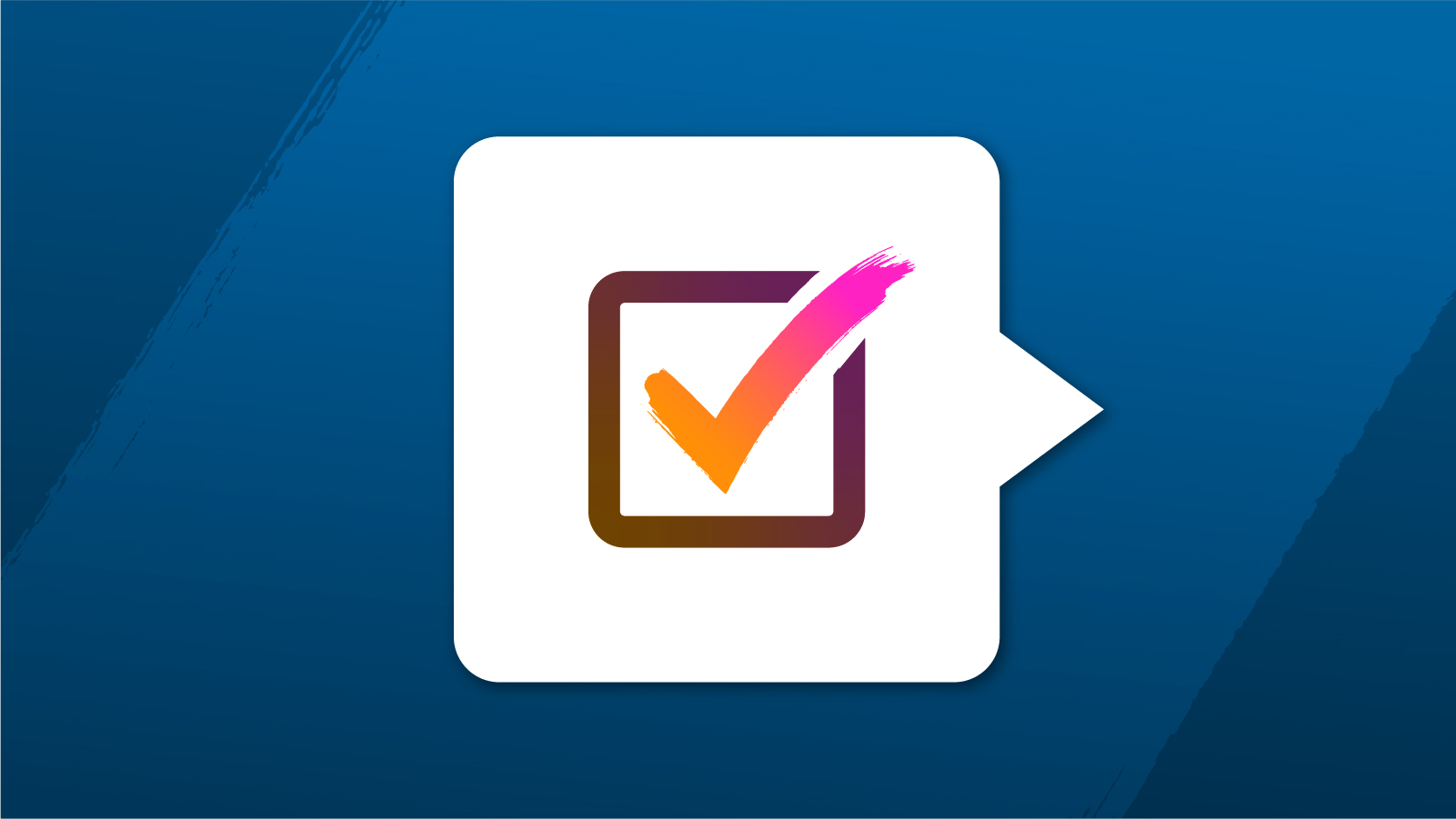Understand the problem. Know the threats. Take action.
These are the three ways you can fight online child sexual exploitation and abuse (CSEA). Together, we can help prevent this crime and get victimized children and teens the support they need. The following sections explain how you can take an active role in protecting the kids you care about.
Have the Talk
It’s never too early to start talking to children and teens about the risks they face online and continue talking about them at every age. Like teaching a child how to safely cross the street, continuous discussions and reminders are key to safe online habits.

For younger children:
- Teach them not to click on pop-ups.
- Explain that they should never share passwords, addresses or personal information with people they don’t know online.
- Create a series of steps they should follow if they see inappropriate content, such as looking away and telling a parent or trusted adult.
- Warn them not to trust people they meet online, and tell them they should tell a trusted adult if someone makes them feel nervous, scared or uncomfortable.
- Teach online etiquette and how to be respectful of others, and let them know they should tell someone if they feel disrespected.
- Help them identify a trusted adult or guardian they can go to for help.
For tweens and teens:
- Talk about how they should never post personal information or inappropriate content.
- Discuss sexting and the permanency of online data.
- Teach them how to avoid online predators by setting up privacy controls on their devices, like restricting apps’ location access.
- Explain the warning signs that characterize online predators.
- Tell them that safe adults won’t ask them to keep secrets or disrespect their boundaries.
- Help them identify a trusted adult or guardian they can go to for help.
- Discuss steps they can take if a friend confides in them about inappropriate online interactions, such as telling a trusted adult or pointing them to Know2Protect resources.
- Explain that minors shouldn’t disseminate sexual abuse material because it’s illegal.
- Explain that even if they’ve already shared sexual abuse material or been involved in inappropriate online interactions, it’s not too late to tell an adult and get help.
- Discuss cyberbullying.
Top 10 Tips2Protect
- Start an open, two-way conversation with your child.
- Password-protect or control access to your child’s app store and gaming downloads.
- Set time and area limits for use of devices and set device check-in times.
- Set all apps, games and devices to private.
- Turn off location data services on social media and nonessential apps.
- Talk about data permanency. Online data can last a lifetime.
- Create a contract with your child regarding online behavior.
- Know your child’s friend lists. Remove strangers.
- Warn your child that they should never leave a game to chat with someone they don’t know on a different platform.
- Do not delete messages, images or videos from predators and do not forward any sexually explicit images or videos. Save usernames, screenshots and images or videos as evidence for law enforcement to collect directly from the device.
Download the Top 10 Tips2Protect PDF to print at home.
What are Children and Teens Doing Online?

As a parent or trusted adult, it’s important that you know how children and teens spend their time online. According to Common Sense Media, media use in 2021 increased to more than 5 hours per day among tweens and more than 8 hours per day among teens. The top apps for teens in 2022 were YouTube, TikTok, Instagram, Snapchat and X (formerly Twitter). According to a U.S. Surgeon General report, "Social media use by young people is nearly universal, with up to 95% of young people ages 13-17 reporting using a social media platform and more than a third saying they use social media ‘almost constantly.’”
Understand How Online Exploitation Happens
The internet is the modern playground — and online predators go where children go to make initial contact and begin rapport-building. Meeting places often include the top chat apps, online games and social media platforms where children and teens spend their time. Online predators often use fake profiles to pose as similar-aged boys or girls to gain trust. Then, they attempt to move the conversation to another platform that has end-to-end encryption or meet in person.
After meeting and building trust, grooming begins. Grooming can be as simple as giving compliments and positive attention or can take the form of money, gifts, e-gift cards, or in-game credits. Over time, online predators introduce sexual conversations that become increasingly more explicit. These interactions can progress to include the exchange of illicit images or even lead to an in-person meeting.
Grooming doesn’t always take place over days or weeks, though. It can happen in one sitting, over the span of minutes or hours.
Online predators typically coerce children or teens into providing sexual abuse material for one of two reasons. In some cases, they want the child or teen to meet them in person, where they can commit physical sexual abuse. In other cases, they threaten or blackmail their victim into paying them through various means, such as prepaid cards, peer-to-peer transaction apps or cryptocurrency, in exchange for keeping the victim’s images or videos private. However, the abuse can also take the form of harassment and not escalate to financial gain or physical assault.
Common Indicators of Online Sexual Exploitation and Abuse in Children and Teens
- Sudden changes in mood or emotional state.
- Evasiveness about online activities, such as minimizing screens, hiding accounts or hiding apps.
- Withdrawing from real-world friends and becoming hyper-focused on the online environment.
- Receiving random gifts from strangers.
- Using inappropriate or sexual language you have not heard them use.
- Giving vague answers regarding online behavior and actions.
These are common indicators, but you know your child best. Be aware of any behavior that seems out of the ordinary.
Respond Appropriately
If a child or teen becomes a victim of online CSEA, here’s what you can do:
- Remain calm. Children and teens are victims in these situations, and it’s not their fault.
- Ensure that the child or teen knows they are not alone and that there is a way out. An increasing number of U.S. teen boys who were victims of online sextortion have committed suicide, so offering solidarity, empathy, and hope is vital.
- Stop communicating with the online predator and save all evidence in its original form, such as images, videos and messages. Do not alter, change, or delete anything.
- Contact law enforcement and ensure they can access the device. Visit Know2Protect’s How2Report page to learn more.
Get more tips for supporting a child or teen you care about on Know2Protect’s Survivor Support page.
Get Involved
Armed with the right tools and information, you can be an advocate to end online CSEA in your community. Here are some ways to join the fight and offer support.


